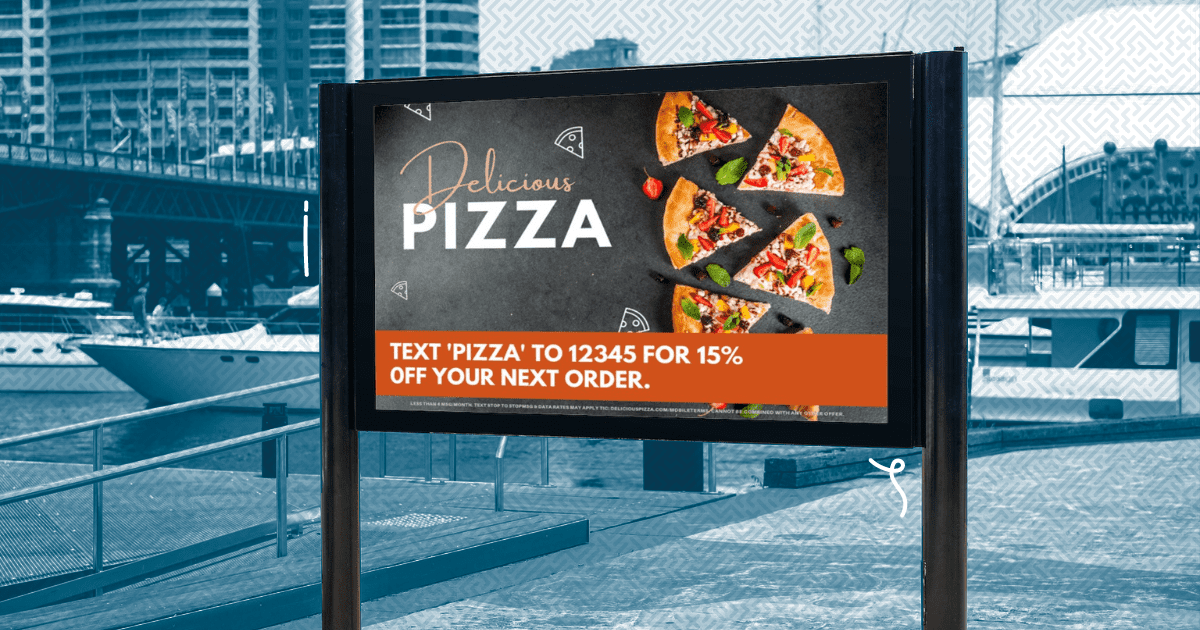Last week we introduced SMART Automations. This week we dive further into why we believe in this technology and why we plan to continue investing in human-in-the-loop automations.
Here’s why and how automated systems allow you to create more of the personal connections that grow and improve businesses.
The Downfall of Fully Automated Systems
A lot of tasks in daily life might be repetitive. But think about how few tasks are truly repetitive enough to let a robot completely take over.
Because as much as we are creatures of habit, we’re unpredictable. We take repetitive tasks and incorporate small changes at unexpected times — sometimes because external forces require it, but often enough we simply want a change.
This is why totally automated systems often fall short. You need to incorporate the human element into automations and maintain the ability to jump in at any moment.
People love trying to automate systems and processes, especially because we believe it will help us be more efficient. We think it will save time, money, and energy, all of which helps businesses grow. This desire to simply improve interactions between people and businesses so often comes at the expense of creating more human interactions.
But what if you could have both?
The Beauty of Human-in-the-Loop Automations
We recently conducted tests to determine if adding a “human touchpoint” to an otherwise completely automated conversation – meaning the business was sending pre-written, scheduled messages – would increase the positive outcome of the conversation. The goal? To get a lead to schedule an appointment to meet with the business at their local office.
Here’s how it worked.
In the middle of the automated conversation, the lead replied with an open ended question. This required the agent from the business to respond manually. On average, the agent responded with two additional completely unique messages at a key point in the “automated” conversation with the lead.
The agent jumped into the conversation with complete knowledge of where the lead was in the journey, interacted on a personal level with very little effort, and then set up the lead to continue the automated journey.
Everything – from creating and starting the automation to manually replying to leads – happened within Skipio.
So rather than implementing a strategy that removed the human connection in an attempt to save time and money, this “human-in-the-loop” strategy enhanced the quality and quantity of real human connection.
And it made all the difference. The business engaged in more conversations, booked more appointments, nurtured leads with greater efficiency, and decreased costs.
What did the automation actually do?
Carefully set up by people who understand the customer journey, the automation started the conversation with the contact and kept the conversation going. It handled the non-human parts of the process, like making the appointment, and knew when to remind the contact. It also allowed the agent — the human in the loop — to jump into the conversation when needed.
Automations remember for you, actually start the connection, and handle the tasks that don’t require human cognitive and emotional interaction.
With the right automations, you know what to say, how to say it, and when to say it, thus saving your team time, energy, and money.
What did the human do?
They set up the automation, adjusted the conversational journey, and, most importantly, jumped in when necessary. They acted empathetic, relatable, intelligent, and even funny. Put simply, they were human.
Again, the entire conversation occurred within Skipio. The human knew exactly how and when to jump in and take over from the automation.
We lose important authenticity when we hand off too much of the responsibility to our systems. Especially when it comes to communication! Yes, automations increase efficiency, but that efficiency doesn’t need to come at the expense of human connection.
You need people behind the scenes creating great plans and strategies that automated systems then execute, helping you multiply your time and reach. When used properly, automations actually allow you to increase the number of personal connections you make.
That’s because the best automated systems don’t think for you. They simply fill in the gaps when you can’t be there. You think ahead and program your system to follow up for you so you don’t have to worry about it later on. And it sounds just like you because you it is you.
If like so many businesses yours thrives when you and your team make human connections, building trust between people, then make more connections by letting automation do what it does best so you can do what you do best.
That’s human-in-the-loop automations. That’s Skipio.



